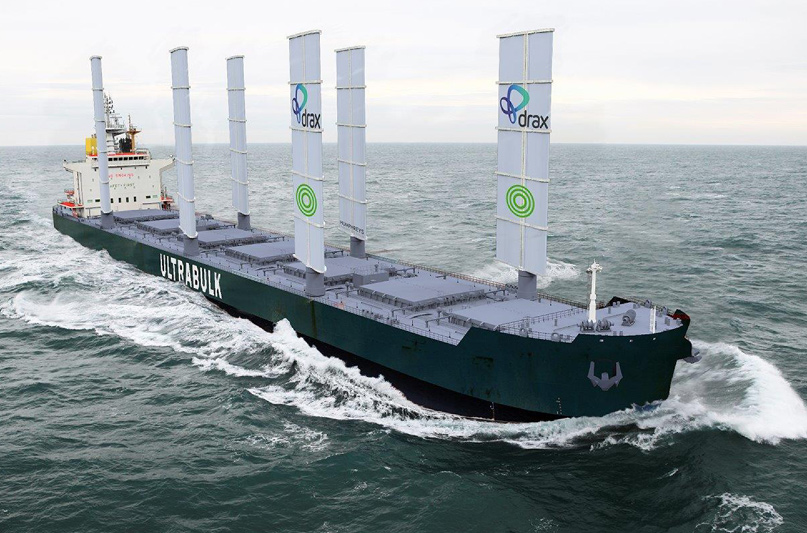 An interesting idea to help reduce carbon emissions from the shipping industry has been proposed, and it’s not complicated technology or a new fuel source, but the same power sailors have harnessed for millennium: wind. The International Maritime Organization (IMO) launched an initiative in 2018 calling for a 50 percent reduction in CO2 emissions in shipping by 2050. Maersk, the world’s largest shipping company, is the first to take up the challenge, claiming their fleet would be carbon neutral by that date.
An interesting idea to help reduce carbon emissions from the shipping industry has been proposed, and it’s not complicated technology or a new fuel source, but the same power sailors have harnessed for millennium: wind. The International Maritime Organization (IMO) launched an initiative in 2018 calling for a 50 percent reduction in CO2 emissions in shipping by 2050. Maersk, the world’s largest shipping company, is the first to take up the challenge, claiming their fleet would be carbon neutral by that date.
The idea of modern cargo ships being outfitted with sails may seem strange at first, but representatives from the International Windship Association (IWSA) say the concept makes perfect sense. “We all face the immense challenge of rapidly decarbonizing shipping and the technology that can deliver 5 to 20 percent, possibly 30 percent fuel savings as retrofit options and 30 percent upwards for new, optimized vessels can’t be ignored – the issue is not why, but when and how we will install wind solutions,” said IWSA Secretary Gavin Allwright, who received the Initiate Award at the GREEN4SEA award ceremony on March 12.
The IWSA will be spreading the message about modern automated sails and wind-assisted propulsion at several free seminars in the U.S. and Canada this spring; the first is at the Port of Vancouver on March 27, followed by a seminar in Washington, D.C., on April 1, and another at the San Francisco Boat show on April 5. “The use of wind propulsion technology is a growing trend in the industry with installations of Flettner rotors increasing strongly over the last 12 months, with six vessels and 14 rotors installed,” said Allwright. “However other developments with rigid sail, suction wings, kites and more traditional soft sail are also moving up a gear.”
Interest in direct wind propulsion has grown among major shipping lines recently, including Maersk, Airbus, Viking Lines, MOL, and others. The IWSA is hopeful that as wind power proves useful on modern cargo ships, automated sails will become an increasingly common sight.